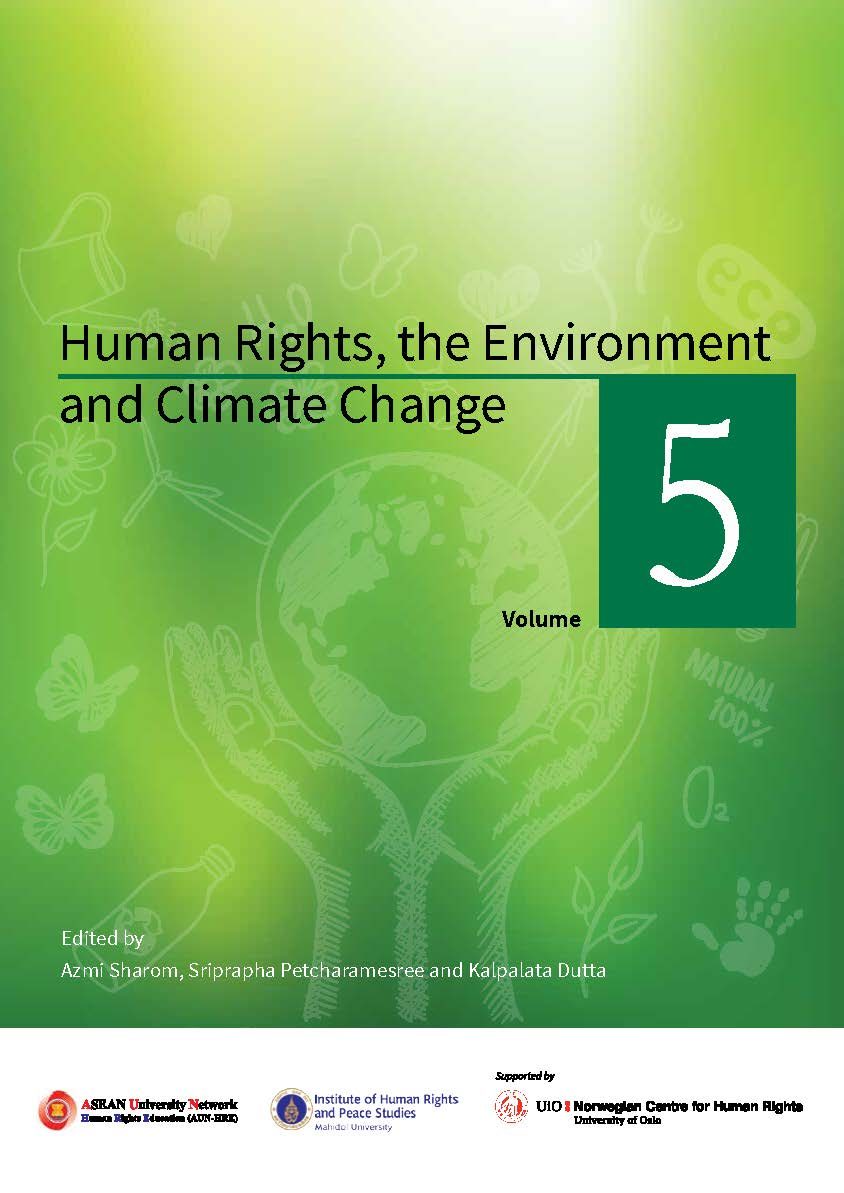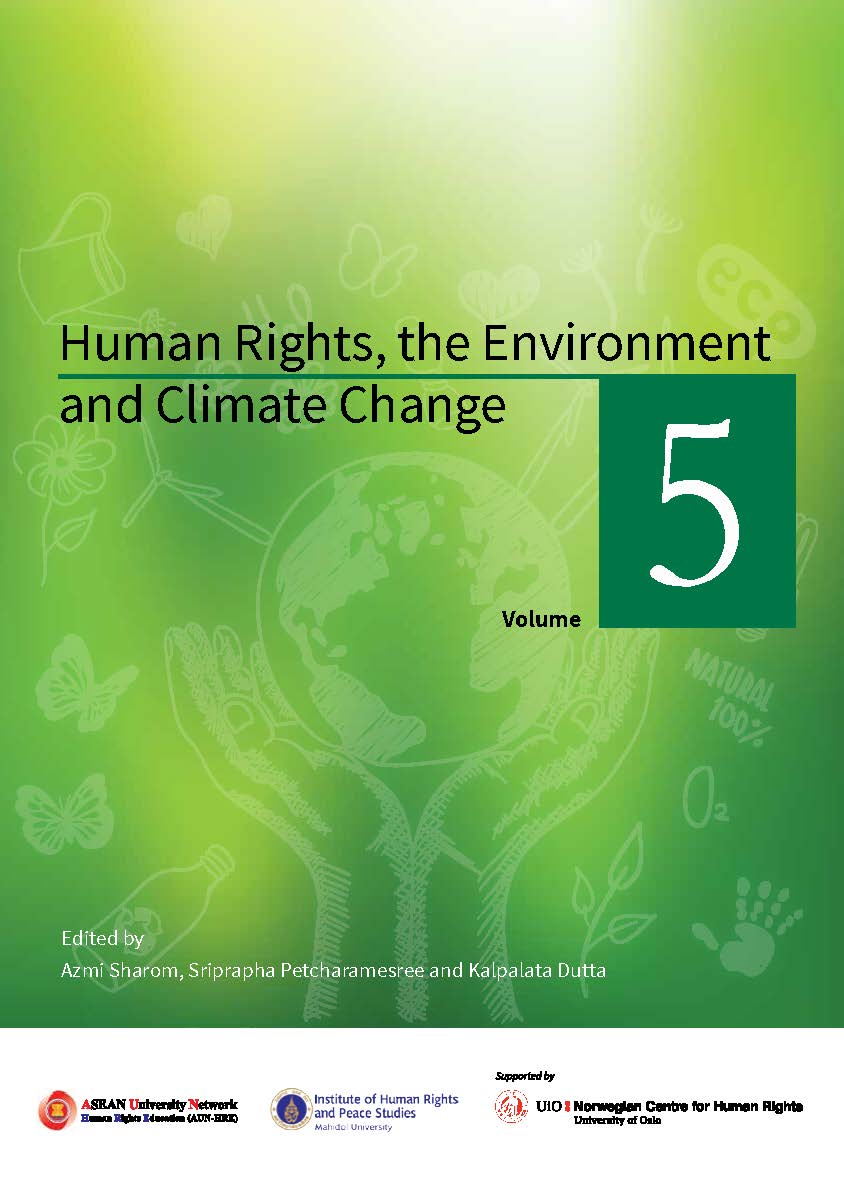Human Rights, the Environment and Climate Change (Volume 5 2024)
- Version
- Download 7
- File Size 2 MB
- File Count 1
- Create Date May 6, 2024
- Last Updated May 27, 2025
Human Rights, the Environment and Climate Change (Volume 5 2024)
The earliest and clearest officially accepted international expression that a clean environment is a human right can be found in the Stockholm Declaration of 1972. Over the last fifty-three years, this concept has developed tremendously. The development has not been clear-cut as fledgling ideas may take seed in documents only to evolve later into something more substantial and specific, blossoming into firm principles and hard law. The idea of sustainable development, for example, could be found in the Stockholm Declaration, but it obtained its most accepted definition in the Brundtland Report only in 1987 and then was further strengthened as an international principle in the Rio Declaration 0f 1992. Sustainable development concepts were further reiterated and reinforced in the Millenium Development Goals (MDGs) and Sustainable Development Goals (SDGs) in 2000 and 2015 respectively, the latter emphasizing the balance between people, planet, and prosperity.
The genesis of this learning material emanated from a meeting of members of the ASEAN University Network- Human Rights Education (AUN-HRE) with the primary objective of providing students and lecturers with readings prepared by scholars from within Southeast Asia focusing on issues of human rights, the environment and climate change. There was a consensus among AUN-HRE members that from a human rights perspective, States have an obligation to prevent foreseeable adverse effects of environmental degradation and climate change as well as to ensure that different groups of peoples affected by climate change and environmental issues have access to effective remedies and means to sustain their livelihoods. Despite the importance of this issue, there seems to be a scarcity of learning materials prepared for students and lecturers in the region.


